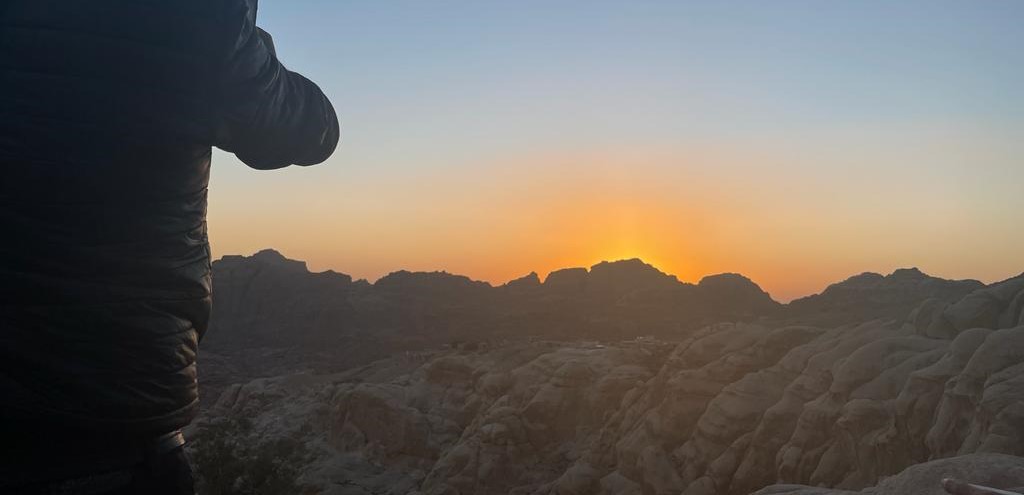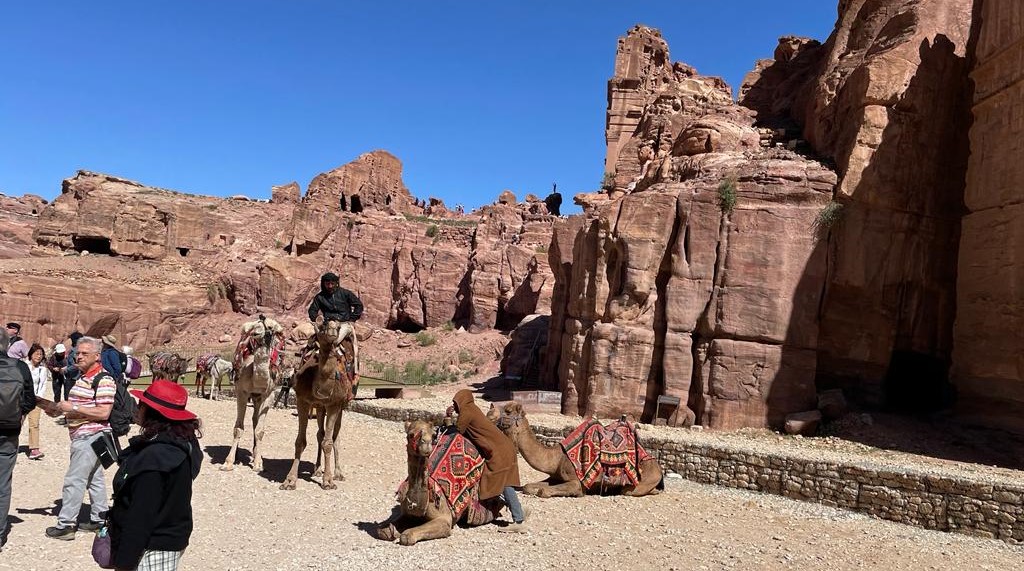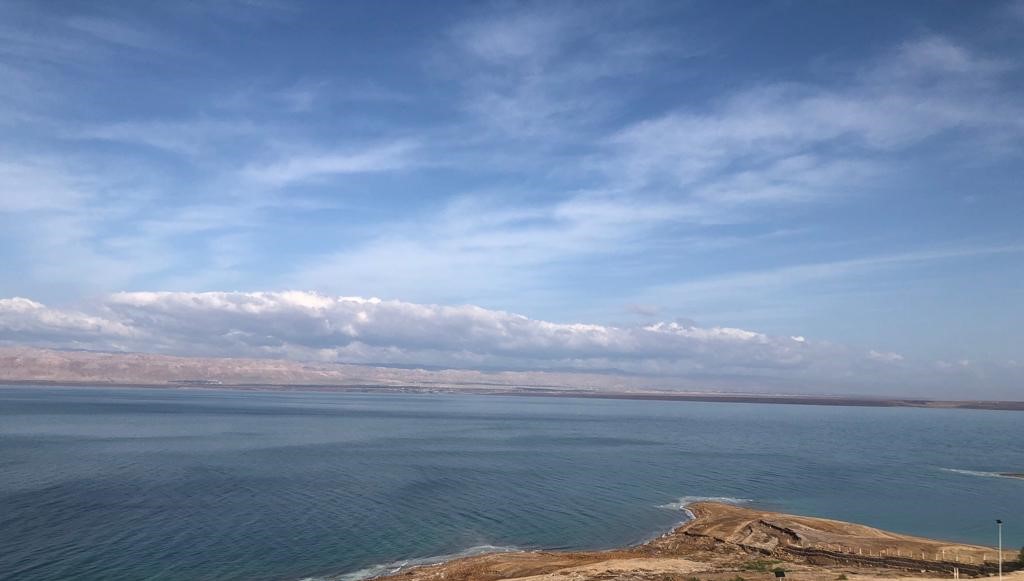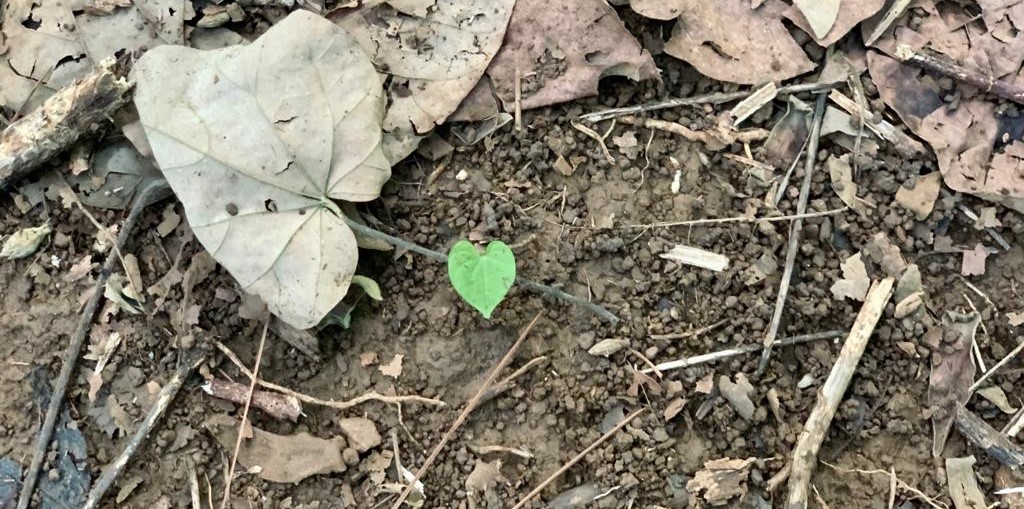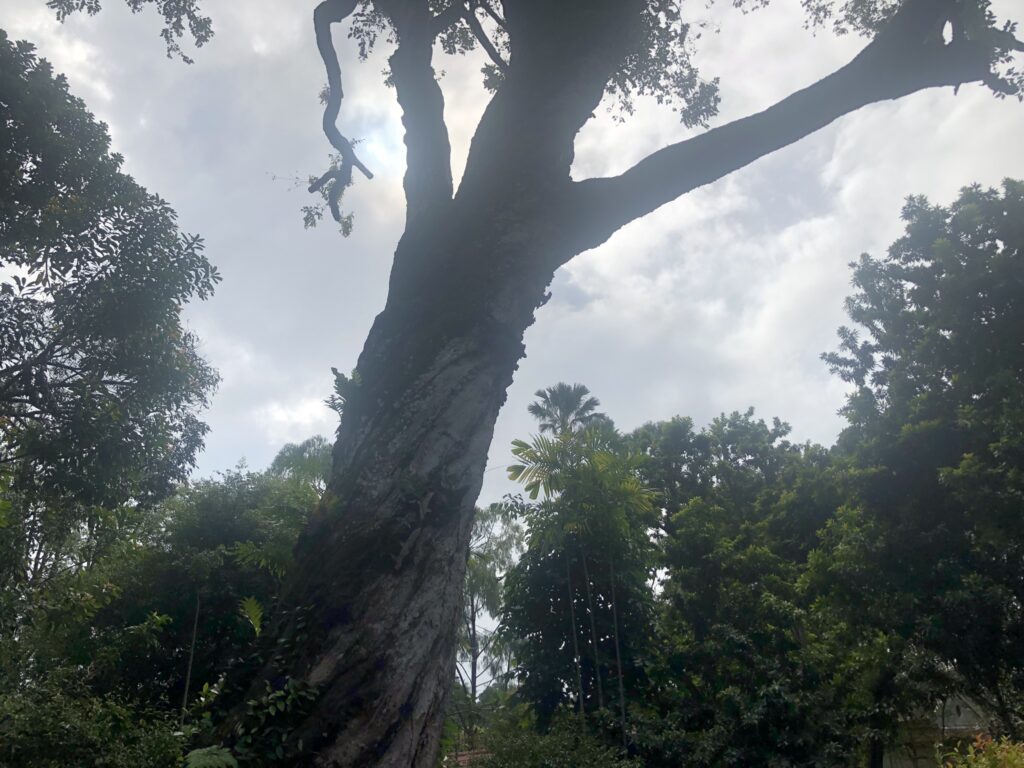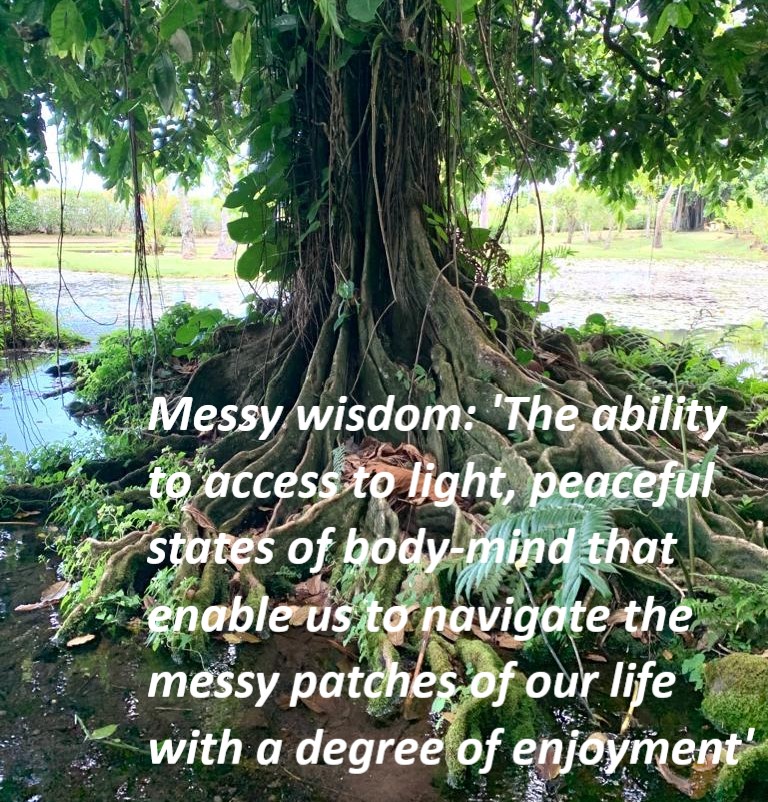“Trees & plants have a living presence that is almost entirely unpolluted by any kind of thinking or conceptuality. As a result, contact with them helps us get out of our head and into our being”
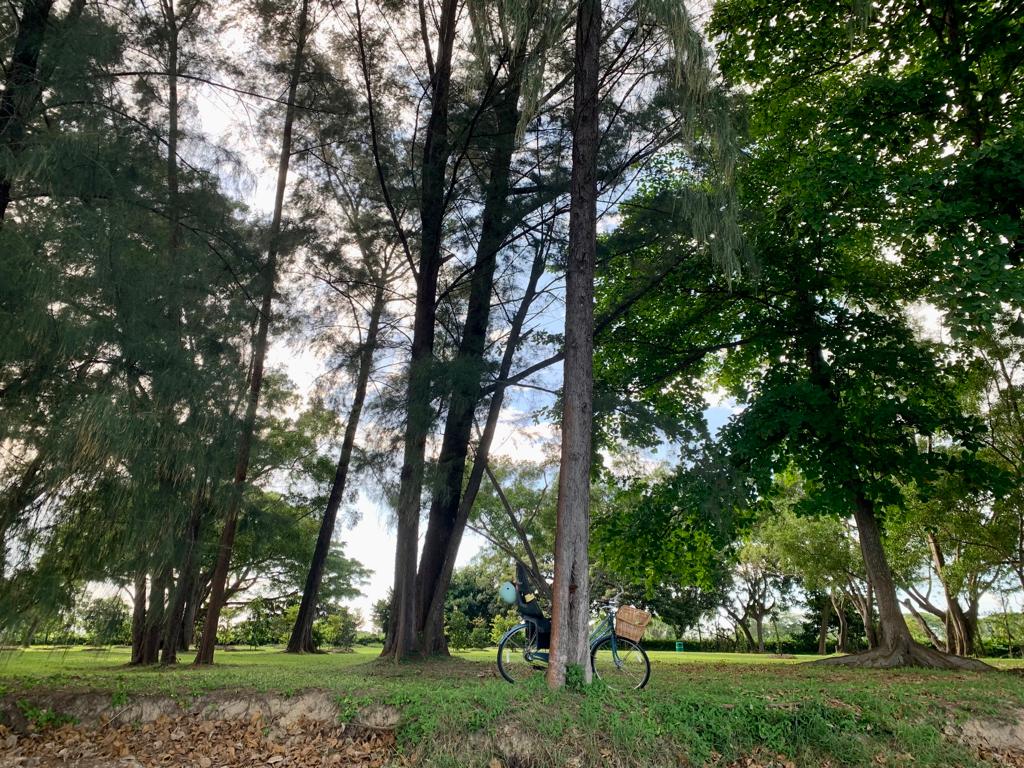
Dear Integral Meditators,
Trees and plants are aspects of our environment that can really help us with our meditation practice, and our discovery of good quality presence. This weeks article looks at different ways of relating to trees and plants in a meditative way.
If you enjoy it do consider coming along to the Tues or Weds class this week, as it will be part of the subject of the sessions.
In the spirit of plant allies,
Toby
Meditating with the energy of trees & plants
The peaceful allies in your neighbourhood and on your balcony
In your neighbourhood there will be people. They will be thinking quite a lot, you can talk to them, some of them might make you happy, some might be irritating. Not many of them help you to be still and connect to peace. In your neighbourhood and garden, you will also find trees and plants. If you make the time to connect with them, sitting nearby them, sensing their energy, getting a sense of their presence, you may be surprised to find how quickly they help you to find a sense of inner stillness. All of them have a living presence that is almost entirely unpolluted by any kind of thinking or conceptuality. As a result, contact with them helps us get out of our head and into our being. As Eckhart Tolle says:
‘Look at a tree, a flower, a plant.
Let your awareness rest upon it.
How still they are, how deeply rooted in being.
Allow nature to teach you stillness.
When you look at a tree and perceive its stillness, you become still yourself.
You connect with it at a very deep level.
You feel a oneness with whatever you perceive through stillness.
Feeling the oneness of yourself with all things is true love.’
Creating a tree grove
As well as connecting to trees in the immediate vicinity, you can also connect to trees and plants inwardly. When I was doing my Druid training, one of the central practices that we had was to create an inner tree grove where we would imagine sitting in meditation before doing our studies or engaging in other meditation exercises. This grove can be one that you know in the outer world and you imagine yourself traveling there in meditation. Alternatively, it could be one that you create with your imagination, or that you take from a dream experience. Either way, sitting within a grove or group of trees in meditation can be a very powerful way of moving into a deeply still and yet energising state. You can either do it as a meditation in itself, or you can use it as a preparation for a subsequent meditation.
Meditating with the energy bodies of trees and plants
You can meditate with the energy bodies of trees in a way that is also very strengthening. It can be done either sitting outside with trees of plants, of in an imagined group of trees as in the grove practice above. Here are a few pointers for how it can be done:
- Begin by simply acknowledging the presence of the tree/s or plants, either in the physical or inner world
- Sense your own energy body, same shape and size as your physical body, inhabiting the same space, but made of light and energy. Sense the light body of the tree/s you are with. Feel their roots reaching down into the earth, drawing light and energy from the body of the earth up into the trunk of the tree. Feel the light and energy from the earth rising into your body also.
- See and feel the branches of the trees reaching up into the air, drawing down the energy of the sky and stars into the trunk. As they do so, feel the energy of the sky and stars flowing down into the crown of your head, lighting up and energizing your light body.
- Let the flow of energy in the trees and the flow of energy in your body enhance each other as you breathe and relax. You can move the energy wherever you like in your body, according to the part you feel might feel healing or balancing.
If you like you can combine this meditation with elements of the Linking your energy body to environmental energies from my previous article. There is plenty of room for play, improvisation and enjoyment.
Related article: Standing like a tree
© Toby Ouvry 2023, you are welcome to use or share this article, but please cite Toby as the source and include reference to his website www.tobyouvry.com
All upcoming classes and workshops at IMA:
Ongoing – Weekly Tuesday, Wednesday Online class schedule
Ongoing on Wednesday’s, 7.30-8.30pm – Wednesday Meditation for stress transformation and positive energy with Toby (Bukit Timah)
Ongoing on Tuesday evenings, 7.30-8.30pm – Tuesday Meditation for stress transformation and positive energy with Toby (East Coast)
Starts Tues/Weds April 11th/12th , 7.30-8.30pm – Meditations for thriving and energy creation – An eight week course
Saturday 15th April 9am-12.30pm – Meditations for Developing the Language of Your Shadow Self Workshop
Saturday April 29th, 9.30-11.30am – Monthly Qi Gong & Taoist Breathwork Clinic & Mini-retreat
Saturday 13th May 9am-12.30pm – Psychic & Psychological Self-defence half day workshop
Tues 30th/Weds 31st May – Wesak meditation
Integral Meditation Asia
Online Courses * 1:1 Coaching * Books * Live Workshops * Corporate Mindfulness Training *Life-Coaching * Meditation Technology
